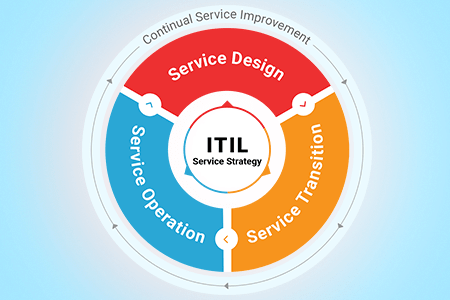In addition, IT infrastructure management ensures that the requested information is received by its intended user or application – whether it is in-house software, websites, mobile apps, spreadsheets, documents, reports, or email among others.

What items are considered as IT infrastructure?
Here are some components that make up an IT infrastructure.
- Power (electrical service, generators, PDUs, etc)
- Telecommunications, cabling, and wireless
- Switches and routers
- Firewalls and Infrastructure Security
- Servers and Server Rooms/Data Centers
- Cloud infrastructure
- Service components (operating systems, firmware, applications, user provisioning, etc.)
What does not belong in the group of IT infrastructure?
Here are several things that are not usually included as IT infrastructure:
- Application development – this is typically supported by application developers or Agile function.
- Database analysis and reporting (including business intelligence and big data)
- People, processes, and documentation may play an important role in managing infrastructure but they are not traditionally considered a segment of IT infrastructure.
However, note that there are several unclear areas, specifically when considering other IT infrastructure-focused professions like Data Center Manager, Network Manager, Database Administrator, Application Support, Service Desk Management, etc.
Who Handles IT Infrastructure?
Being an IT infrastructure manager requires a specific set of capabilities. Technicians, project managers, and high-level staff (directors and CIOs) responsible for the infrastructure should have these skills:
- Technicians – understand how to install and set up infrastructure components.
- Project manager – determine and direct infrastructure changes.
- Higher-level staff – knows the architecture, budgeting, specifications, and the goal of each infrastructure function.
To dive deeper, anyone managing IT infrastructure should know how to handle hardware, software, and network.
1. Hardware infrastructure management
This involves the selection, installation, deployment, maintenance, and configuration of the hardware in the infrastructure. Technicians should also know how to manage the cloud infrastructure services that the organization uses.
Technical skills you need to deal with hardware infrastructure management:
Installation
Fixing Issues
Updating Hardware
Configurations
2. Network Infrastructure Management
Network infrastructure management covers all hardware and internet components that must be configured to move data and authorize internal and external access of your infrastructure. The network infrastructure arranges your hardware so that all network nodes can communicate with each other while ensuring your safety against threats.
3. Software Infrastructure Management
Software infrastructure management involves the management of application and utility software that works on cloud servers and in-house. The skills needed in this area include the installation, configuration, application of updates, as well as maintenance of hypervisor, operating system, and server utility programs (email, monitoring, job scheduling, customer relationship management, and other third-party software). It is also responsible for user provisioning and security for system access and some applications
ITIM: Delivering Business Value
IT infrastructure refers to the physical and/or virtual technology resources, such as servers, storage, networks, client hardware, middleware, and operating systems software, that organizations use to deliver IT services. It can be operated and maintained by a managed service provider or an external supplier as dedicated, shared, or cloud services.
Meanwhile, infrastructure management oversees the hardware, software, and network of an organization. It is also responsible in looking after the facilities that an organization uses to run its IT infrastructure.
Under IT infrastructure management, there’s also the practice of providing the technology needed to support activities that generate value for the company and its stakeholders. Machine learning, chatbots, artificial intelligence, mobile device management, and business mobility management are examples of emerging technologies that can be implemented.
Tools that can be used for ITSM infrastructure management and monitoring:
Remote Management and Monitoring (RMM): Organizations with a large number of devices can be difficult to manage. With RMM, the management and maintenance of these infrastructures will be a breeze.
Patch Management: Automated patch management system makes sure that systematic patches are applied timely to protect the enterprise against security vulnerabilities.
Mobile Device Management: Responsible for managing and monitoring both in-house and external devices that connect to the network from outside.
Summary
Infrastructure management is the overall supervision of critical operation components including hardware, software, policies, procedures, and facilities. Those who are handling infrastructures must be equipped with proper knowledge and skill sets to effectively transform their organization’s process. Some tools that are being used to monitor infrastructure are RMM, Patch Management, and Mobile Device Management.
ITarian provides a wide array of expertise and services to help organizations manage their infrastructure. Call us today to know more how we can help improve your processes.